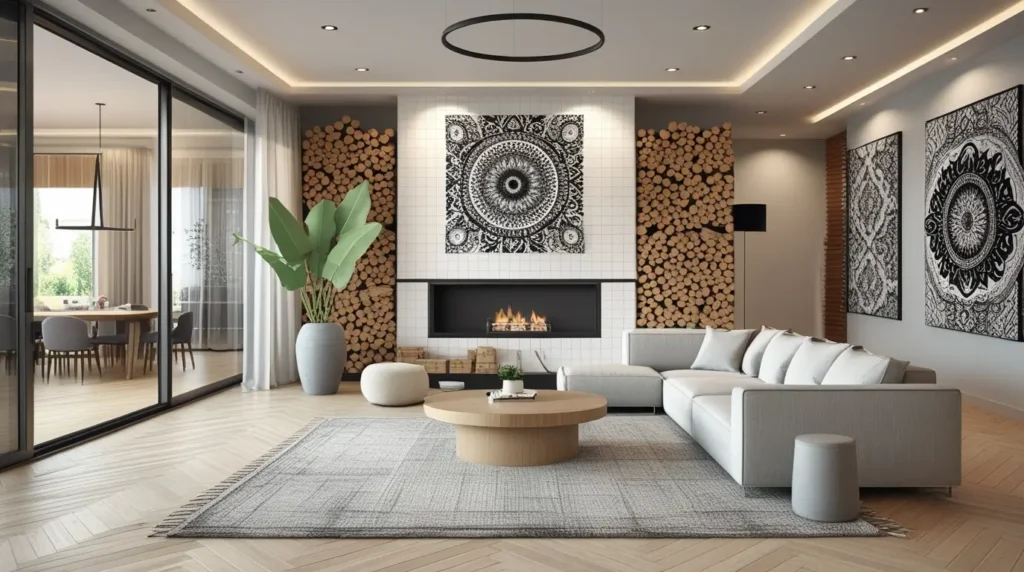
Top 10 Flooring Trends in Qatar for 2025: Style Meets Durability
As we step into 2025, Qatar’s interior design scene is buzzing with flooring trends that blend stunning aesthetics with the…
Read MoreWritten by
GrassAdmin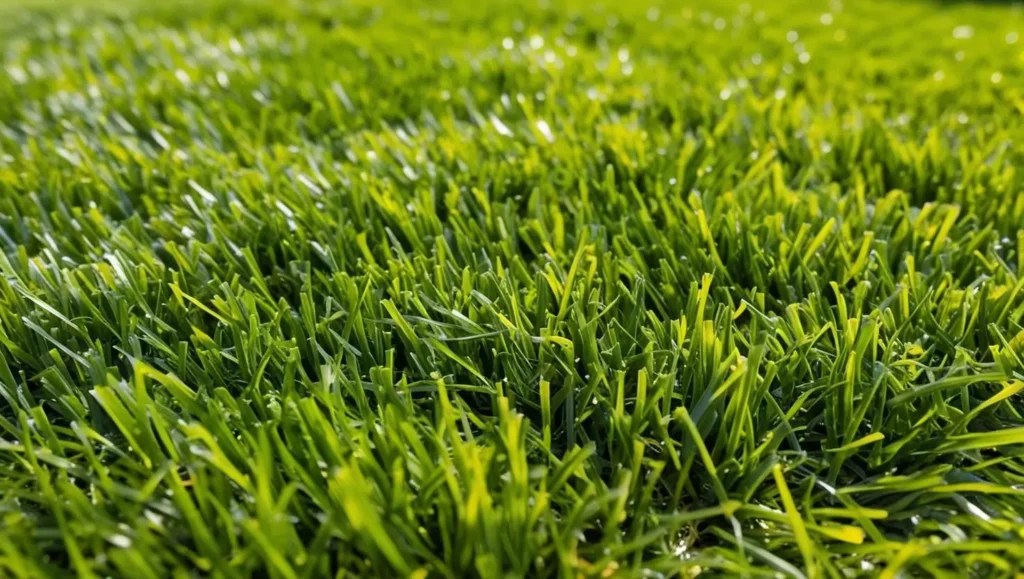
Artificial turf has become an increasingly popular alternative to natural grass, thanks to its low maintenance and year-round lush appearance. But how long does artificial turf last? In short, quality artificial turf can last anywhere from 15 to 20 years with proper installation and maintenance.
However, several factors influence its longevity, including the product quality, installation process, environmental conditions, and usage patterns. In this article, we’ll dive deeper into these factors and provide actionable tips to extend the lifespan of your artificial lawn.
The quality of the artificial turf you choose plays a significant role in how long it will last. High-quality turf is made with durable backing materials and UV-resistant fibers that withstand wear and tear. These products are designed to maintain their color, texture, and shape even in harsh conditions.
Investing in premium artificial grass upfront ensures a longer lifespan and better performance over time.
Proper installation is critical to the longevity of artificial turf. Poorly installed turf can lead to uneven surfaces, lifted edges, and seams that separate over time. These issues not only affect the appearance but also reduce the turf’s durability.
Key Steps for Proper Installation:
Hiring experienced professionals for installation ensures the turf is laid correctly, minimizing potential issues down the line.
The local climate and environmental factors significantly impact how long artificial turf will last.
The amount of foot traffic your artificial turf experiences affects its longevity.
While artificial grass requires less upkeep than natural grass, regular maintenance is essential to prolong its lifespan.
On average, well-maintained artificial turf can last:
Homeowners typically experience longer turf lifespans due to lower traffic and better care. Sports and high-traffic areas require more frequent replacements because of intense usage.
Even the best artificial turf has a lifespan. Here are common indicators that it’s time for repairs or replacement:
For minor issues, such as small tears or flattened areas, repairs can restore the turf. However, extensive damage often requires a full replacement.
When deciding between artificial turf and natural grass, consider the longevity and maintenance requirements of each.
| Feature | Artificial Turf | Natural Grass |
|---|---|---|
| Lifespan | 15–20 years | 7–10 years |
| Maintenance | Low | High |
| Watering | None | Frequent |
| Reseeding | None | Regular |
| Foot Traffic | Highly Durable | Can Become Patchy |
Artificial turf is ideal for those seeking a low-maintenance, long-lasting solution, while natural grass requires ongoing care and resources.
Maximize your investment by following these tips:
So, how long does artificial turf last? With proper installation, quality materials, and regular maintenance, your artificial lawn can remain vibrant and functional for 15 to 20 years. Whether it’s for residential or commercial use, artificial turf offers a durable, low-maintenance solution that saves time and money in the long run.
Ready to make the switch to artificial turf? Share your thoughts or ask questions in the comments below. If you found this guide helpful, explore more of our articles for tips on maintaining and optimizing your synthetic lawn!
Stay updated with the latest trends and insights in the flooring industry.

As we step into 2025, Qatar’s interior design scene is buzzing with flooring trends that blend stunning aesthetics with the…
Read More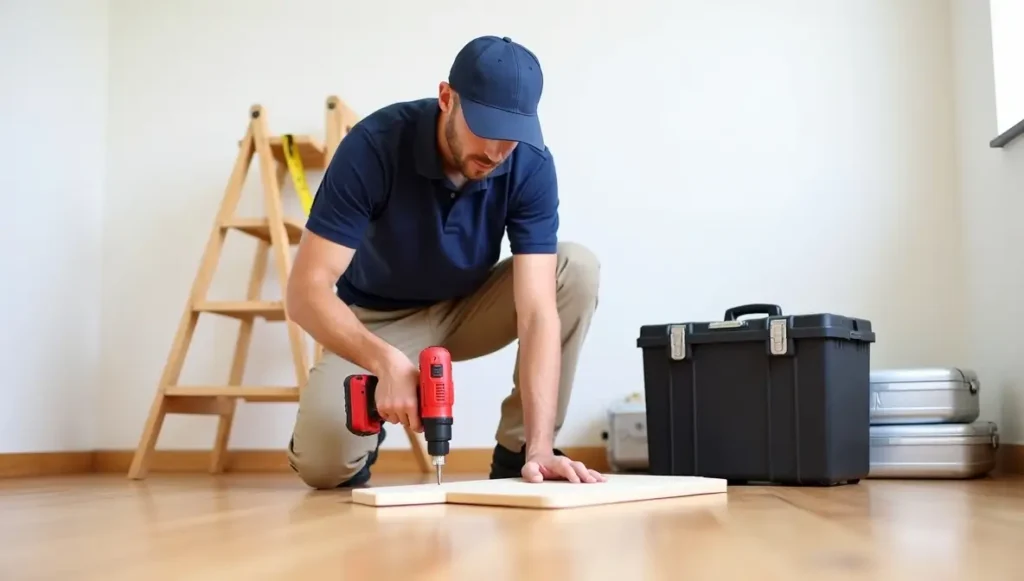
Transforming your home or business with new flooring is an exciting yet significant investment, especially in Qatar, where the harsh…
Read More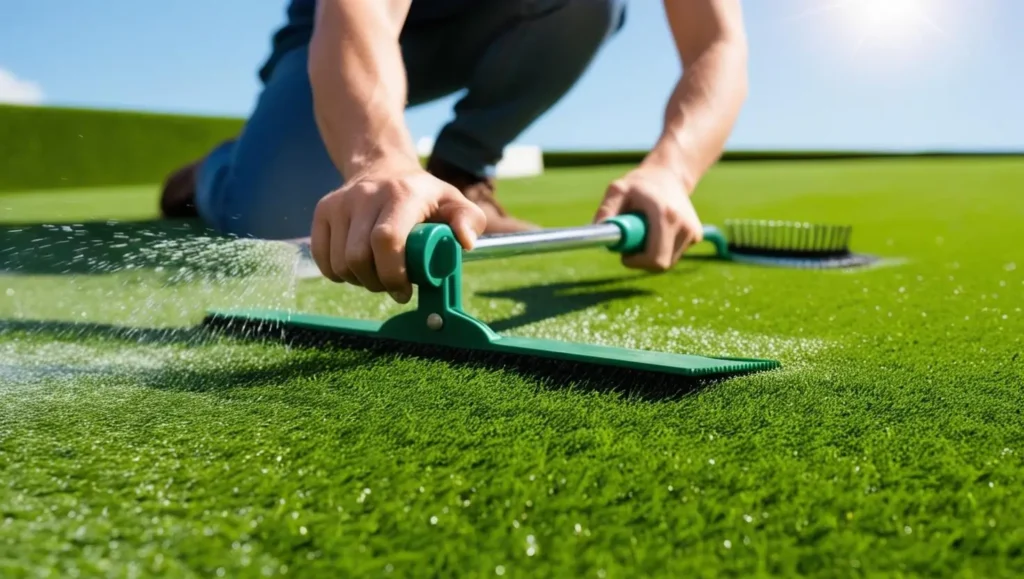
Artificial grass is a wonderful alternative to natural lawns, offering year-round beauty with minimal upkeep. However, maintaining artificial grass still…
Read More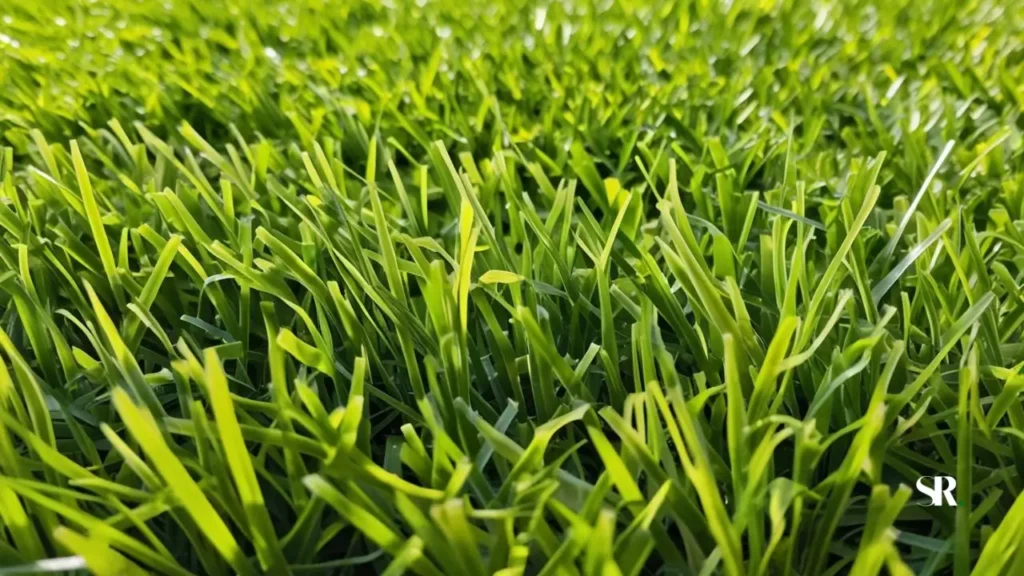
Can you install artificial grass on concrete? Absolutely! If you’re tired of dull, lifeless concrete surfaces and want to add…
Read More
Artificial turf has become an increasingly popular alternative to natural grass, thanks to its low maintenance and year-round lush appearance.…
Read More